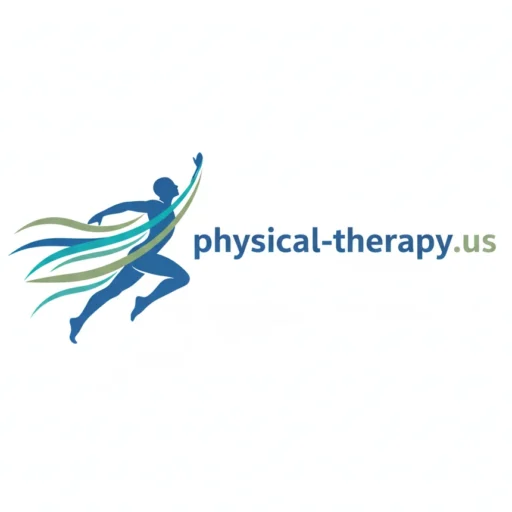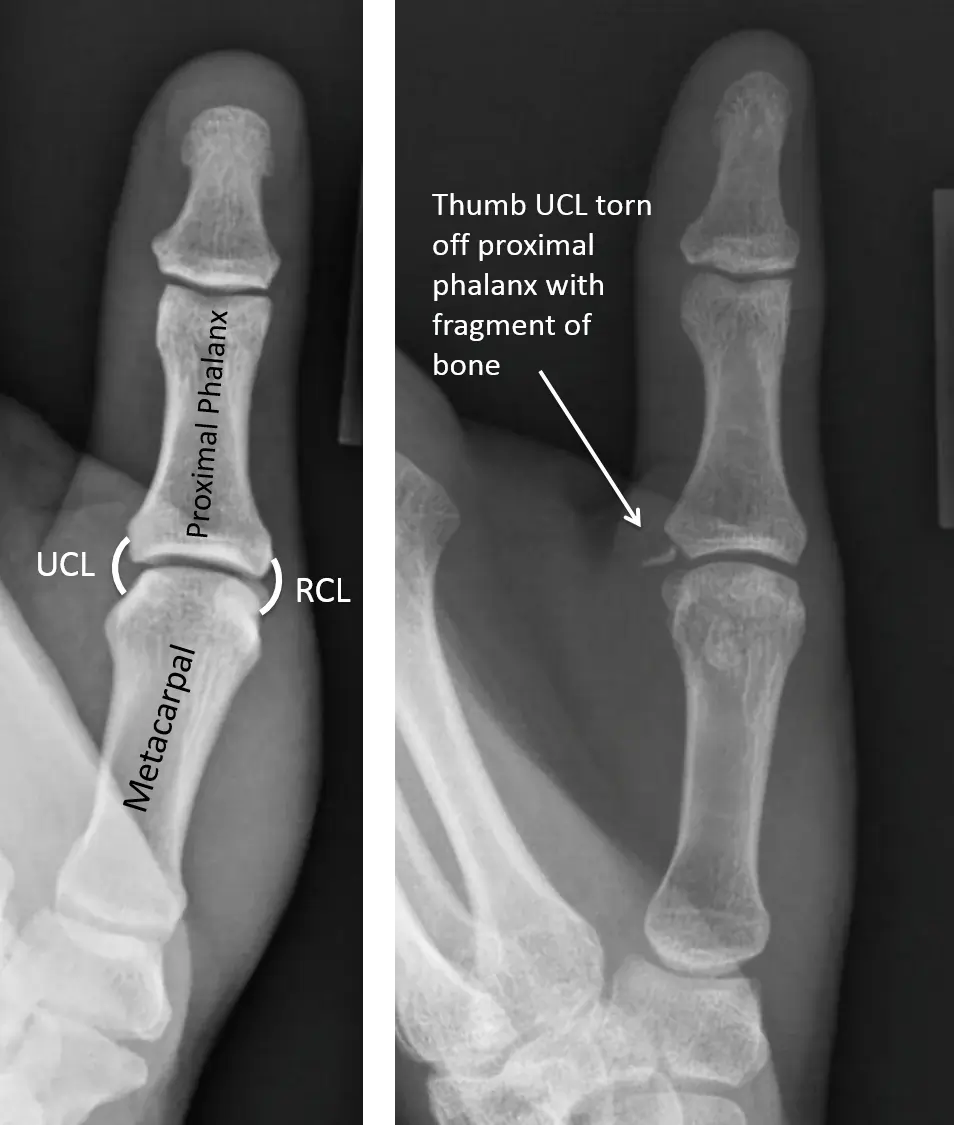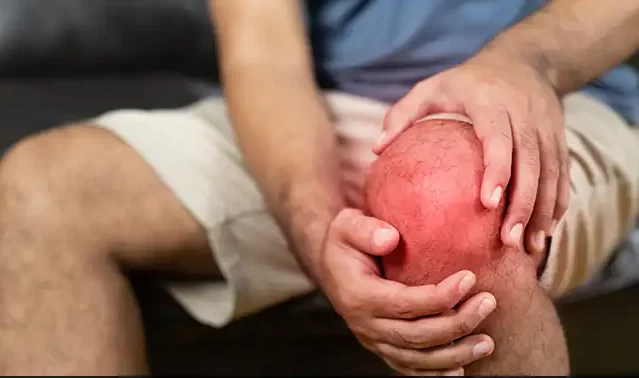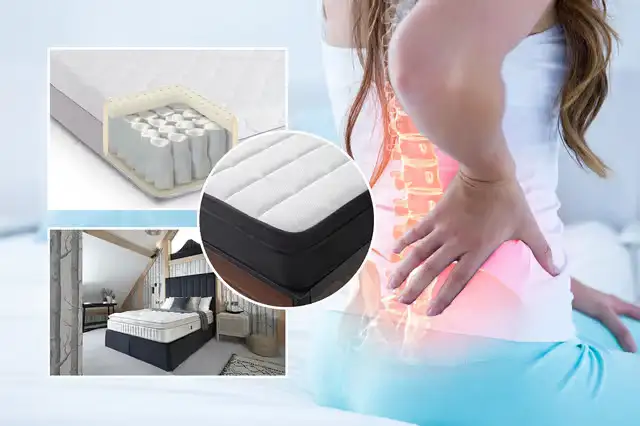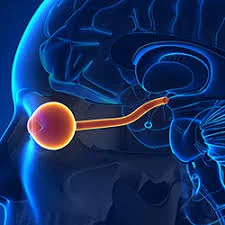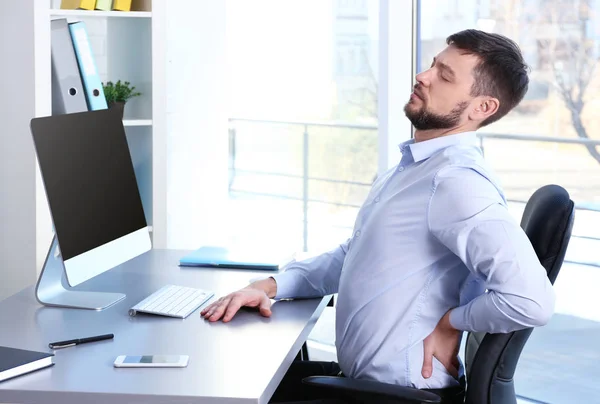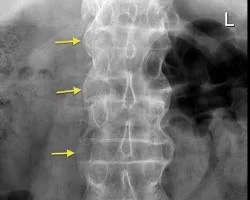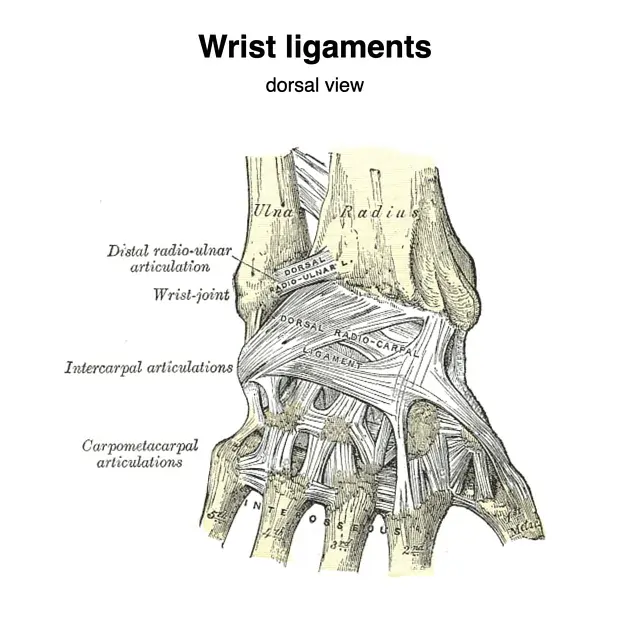Thumb Collateral Ligament Injury
Introduction:
Thumb Collateral Ligament Injury, often known as “skier’s thumb” or “gamekeeper’s thumb,” occurs when the ligaments on the inner or outer side of the thumb joint are stretched or torn due to sudden force or repetitive stress.
A band of tissue called the thumb collateral ligament runs from the thumb’s side to the hand bone. A thumb collateral ligament injury can cause pain, bruising, edema, weakness, and instability. It’s critical to get medical help if you think you may have thumb collateral ligament damage so that you may receive the proper diagnosis and care.
Rest, ice, compression, and elevating the injured thumb to lessen pain and swelling are some possible treatments for a thumb collateral ligament injury. To support the thumb and promote healing, a physician could also suggest a thumb brace or splint. A totally damaged ligament may occasionally require surgery to repair.
To assist the thumb regain its strength, flexibility, and range of motion, rehabilitation activities could be suggested. To guarantee appropriate healing and recovery from thumb collateral ligament damage, it’s critical to adhere to your doctor’s directions and show up for all suggested appointments.
The thumb’s MCP joint is stabilized by two major ligaments: the radial collateral ligament (RCL) and the ulnar collateral ligament (UCL).
Strong, fibrous fibers called ligaments typically connect bones. The thumb’s ligaments help keep the bones in their proper positions while enabling joint motion.
Sprains occur when the ligament is overextended and prolonged, which can also cause small, partial tears in the fibers that support the ligament. However, the ligament remains intact. It is possible for ligaments to tear entirely, either in the middle or at one or more ends, where the ligament may separate from the bone.
Clinical Relevant Anatomy:
Although the thumb MCP is anatomically quite similar to the hand’s fingers, its primary function is that of a hinge or ginglymus joint. With a range of motion of 6 to 86 degrees in the sagittal plane, or flexion-extension movement, this joint’s articular morphology results in the most varied movement of any joint.
- Flexor pollicis brevis (FBP)
- The muscles known as the abductor pollicis brevis (APB) partially insert on the sesamoids and offer appropriate support when subjected to stresses of hyperextension.
- The ligamentous structure is similar to that of the fingers in the MCP joints, and extrinsic tendons offer extra support.
Mechanism of Injury:
The thumb is connected to the Metacarpophalangeal (MCP) joint, which is held up by two main ligaments. The radial collateral ligament (RCL) and the ulnar collateral ligament (UCL) are two examples. The RCL is rarely injured, while the UCL is more likely to sustain damage via forced radial deviation (abduction) of the thumb. However, both ligaments may sustain damage in severe cases.
Causes of Thumb Collateral Ligament Injury:
- A force that pushes the thumb away from the hand (abduction), particularly when the thumb is extended, is known as the Sudden Valgus Force.
- A fall on an outstretched hand (FOOSH) occurs when the thumb is extended on the hand, resulting in a strained or torn ligament.
- Skiing accidents occur when a fall causes the thumb to be forced into an abnormal posture by the ski pole.
- Sports injuries are common in sports like volleyball, football, and basketball because of the impact of the ball hitting or catching.
- Repetitive Stress: The ligament may progressively deteriorate if the thumb experiences repeated stress or strain (for as from manual labor or specific sports).
- Direct Trauma: Ligament damage may result from a direct blow to the thumb, particularly to the ulnar side.
- Twisting injuries occur when the thumb is subjected to forceful twisting or torsion.
Symptoms of Thumb Collateral Ligament Injury:
- These kinds of injuries are more likely to occur in skiers and those who enjoy playing ball-handling sports like basketball, football, and baseball. Accidents involving the ski poles or a drop can cause thumb ligament damage in skiers.
- When the thumb is severely abducted by the ball, a UCL tear is often sustained by ball-handling athletes.
- Stener lesions: If the thumb is overextended when the ball hits it, the RCL could tear in its spot. (Damages to the capsule or lesions on the sternum).
- Depending on how severe the sprain is, you may or may not experience pain while the injury is healing.
- You may have swelling, soreness, and bruises close to the palm and base of your thumb.
Differential Diagnosis:
- First metacarpal or proximal phalanx fractures
- First CMC joint arthritis
- Volar plate injury
Diagnosis:
Examining the patient’s medical history, including the mechanism, the finger’s posture at the time of the injury, the presence of a deformity, any previous treatments received, and the patient’s subjective perception of the thumb’s stability.
- Circulation, sensation, and motor dysfunction should all be specified in a neurovascular examination.
- Pinch grip weakness is frequently seen in cases of ligament injury.
- Check for ligamentous laxity at the thumb’s base and compare it to the other hands that are still intact.
- Use 20 to 30 degrees of flexion to evaluate the thumb.
- Passively abduct the thumb with care, then match the tangent’s angle to the thumb that is not injured.
- To check for the presence of a fractured segment or Stener’s lesion, an X-ray must be taken.
- Because of the pain and swelling in acute cases, a digital block may be necessary to undertake additional joint testing to make a thorough assessment.
Grades of Thumb Sprains:
- Mild sprain grade 1. The ligament was stretched rather than injured.
- Moderate sprain, grade 2. A portion of the ligament is torn. Some function loss may result from this type of damage.
- Severe sprain of grade 3. Either the ligament ruptures in two or it is forced away from the bone insertions.
A tiny piece of bone may be taken with the ligament if it is pushed away from its insertion. We refer to this as an avulsion fracture.
Treatment of Thumb Collateral Ligament Injury:
Medical Treatment:
Typically, home rehabilitation using the RICE routine will help people recover from mild thumb sprains:
- Rest for two days.
- Ice. To lessen swelling, apply ice as soon as possible after the trauma.
- Compression. To reduce edema, apply an elastic compression bandage. Tightening the bandage too much might restrict the blood flow to the thumb.
- Elevation. Keep your hand higher than your heart level while you relax as often as you can.
Additionally, nonsteroidal anti-inflammatory medicines (NSAIDs), such as ibuprofen or aspirin, can help reduce swelling and decrease pain.
For acute injury:
- Rest, elevation, ice, compression
- Immobilization of a thumb or a cast immobilization
- Analgesics Drugs
- Orthopedic follow-up.
For chronic injury:
- Thumb spica brace
- Activity modification
- Orthopedic surgery: A complete rupture may necessitate elective ligament restoration or repair.
- After surgery, physical or occupational therapy helps patients regain their range of motion and strength and resume ADL activities.
Surgical Treatment:
Thumb collateral ligament repair or reconstruction:
The terms “gamekeeper’s thumb” and “skier’s thumb” are commonly used to describe injuries to the ulnar collateral ligament. The thumb’s metacarpal joint may become unstable and enlarge as a result of ulnar or radial collateral ligament damage.
Rehabilitation following surgery (created in conjunction with Melbourne Hand Therapy). Fingers may experience tingling or numbness on the day after surgery. The medicine is to blame for this. Before being released from the hospital, patients can attempt to move their wrists, fingers, and the tip of their thumb.
The hand and forearm will be bandaged and placed in a plaster cast following surgery. You can’t draw these. The bandage needs to be kept dry and tidy. Hands must be brought to heart level to minimize edema.
One week post-surgery:
For around four weeks after the procedure, this splint will remain in place the entire time. The hand can be used for ADLs like eating, writing, putting on and taking off clothes, and grooming, with the thumb fully included in the cast.
4 weeks after surgery:
For light thumb exercises and everyday basic hygiene tasks (only activities), the cast can be removed. These exercises include full wrist movement, thumb extension or abduction, and opposing the thumb to each hand digit.
Patients need to be told to wear their splints part-time during this phase. For instance, it can be taken off when performing sedentary activities, such as watching TV or sitting at a computer. Scar massage will begin at this point.
6 weeks after surgery:
There will be more weaning off the splint. The splint may only be required when out and about, depending on the level of stiffness and strength.
A hand therapist must be consulted if more pliable splints were used before surgery to determine whether thermoplastic splints can be returned. At this stage, softer splints are safe for performing active chores.
Driving after surgery:
Before it is safe to continue driving, an automobile-like vehicle must be able to be safely operated and involved in a crisis.
This usually occurs four to six weeks after surgery, at which point the thermoplastic splint is removed. Before being told by Kemble or a hand therapist that it is safe to drive, please avoid doing so.
Prognosis:
Conservative treatment for mild to severe sprains, such as rest, splinting, and physical therapy, usually results in full-function recovery in a few weeks. However, for the best recovery, surgical intervention may be necessary for total tears, particularly of the ulnar collateral ligament (sometimes referred to as “skier’s thumb”). Although delayed or insufficient care may result in chronic instability, weakness, or arthritis in the thumb joint, most patients can anticipate a positive functional prognosis with the right therapy.
Complications of Thumb Collateral Ligament Injury:
Chronic joint instability, decreased grip strength, and ongoing pain are possible side effects of thumb collateral ligament damage, particularly if the lesion is not appropriately identified or managed.
Complete ligament tears or postponed treatment can cause joint laxity, which makes daily activities unpleasant and challenging. Long-term issues can also arise, including early-onset osteoarthritis of the metacarpophalangeal (MCP) joint, stiffness, and weakness. If necessary and postponed, surgical treatment may also have less-than-ideal results, such as restricted thumb range of motion or persistent deformity.
- Joint stiffness
- Persistent instability
- Arthritis of the thumb joint
- increased sensation along the thumb and close to the incision location.
Prevention of Thumb Collateral Ligament Injury:
Protecting the thumb during high-risk activities, including sports or manual labor, is essential to preventing thumb collateral ligament injuries. The chance of getting hurt can be considerably decreased by using the right techniques when gripping, lifting, or catching. Additional support can be obtained by wearing protective equipment, such as thumb braces or taping the thumb when engaging in repetitive or powerful hand movements, particularly in sports like basketball, wrestling, or skiing. In addition to preserving flexibility and coordination, strengthening the hand and thumb muscles with specific workouts also aids in avoiding ligament strains or tears. More severe injuries can be avoided by being aware of and acting quickly on minor thumb pain or instability.
Conclusion:
In conclusion, even though thumb collateral ligament injuries are frequent, they must be identified quickly and treated appropriately to promote the best possible recovery and avoid long-term issues.
Most people can regain full thumb function and strength with early diagnosis, appropriate treatment (from rest and splinting to surgical restoration in extreme cases), and a systematic rehabilitation program.
Reducing the risk of these injuries also requires awareness and preventive measures, particularly for sportsmen and anyone who performs repetitive hand tasks. A holistic strategy guarantees not just recovery but also the maintenance of hand function and life quality.
FAQs
How can one check for thumb ligament damage?
An injury to the thumb ligament can be readily seen and confirmed by MRI and ultrasound imaging. The injured thumb’s ligament laxity will be compared to that of the uninjured thumb during the clinical examination. The degree of ligament damage is indicated by the ligament’s laxity level.
Is it possible to repair a ligament problem without surgery?
Without surgery, minor tears can mend with ongoing care and support. Full-thickness tears, however, require surgical assistance. Anyone who thinks they may have a torn ligament should see a doctor and consider having surgery.
What can I do to determine whether my thumb injury is serious?
How to Treat a Sprained Thumb
Consulting a hand surgeon as soon as possible is the quickest and safest way to assess the extent of your injuries. To check for shattered bones, he or she might take X-rays. A cast or splint may be used to treat a damaged ligament. Or you might require surgery.
Does a damaged thumb ligament require surgery?
Your injury could not heal properly on its own if your ligament is badly injured or stretched, or if there are injuries to the surrounding bone and tissues as well. You might require surgery. This can aid in the ligament’s healing and allow your thumb to move and function fully again.
Can a thumb with a damaged ligament still be moved?
Symptoms and indicators of a thumb ligament tear
Weakness and unsteadiness when writing or grabbing. a lack of movement when trying to make circular motions with your thumb.
How can I tell if I tore my thumb’s ligament?
The end of the ruptured ulnar collateral ligament may result in swelling or a lump on the inside of the thumb if it is totally injured. Additionally, you can feel unsteady or loose in your thumb joint.
How much time does it take for a thumb ligament to recover?
It may take several months for a more serious thumb sprain, like a grade 3 sprain, to recover completely and return to normal thumb function.
How do you treat a thumb collateral ligament injury?
Immobilization: To help shield the thumb from more harm, a brace, cast, or splint may be applied. Ice: This will aid in the thumb’s healing by reducing pain, swelling, and inflammation. Medication: To lessen pain and swelling, non-steroidal anti-inflammatory medicines (NSAIDs) may be suggested.
Which type of oil works best for repairing ligaments?
STRAIN, SPAIN, OR LIGAMENT STRAIN: These essential oils are necessary:
Helichrysum italicum essential oil.
Katrafay essential oil.
Field mint basic oil.
Lemon eucalyptus vital oil.
How can collateral ligament pain be lessened?
You may recover from many LCL injuries at home by resting and supporting your knee.
a cold pack or cryotherapy.
elevating or supporting your knee.
medication that reduces inflammation.
Can ligaments be healed by exercise?
The short answer to that question is usually yes, especially just after the injury, but the proper amount of exercise and activity can actually promote injury recovery.
How does one treat collateral ligament damage to the thumb?
The thumb MCP joint can be immobilized with a cast or splint for four to six weeks, which allows the torn ligament to relax and heal in its best condition and relieves the stress caused by movement during ADL activities.
References
- Physiotherapist, D. (2023a, April 17). Thumb collateral ligament injury – Symptoms, treatment. Samarpan Physiotherapy Clinic. https://samarpanphysioclinic.com/thumb-collateral-ligament-injury/
- Steffes, M. J., MD. (n.d.). Thumb collateral ligament injury – hand – orthobullets. https://www.orthobullets.com/hand/6040/thumb-collateral-ligament-injury
